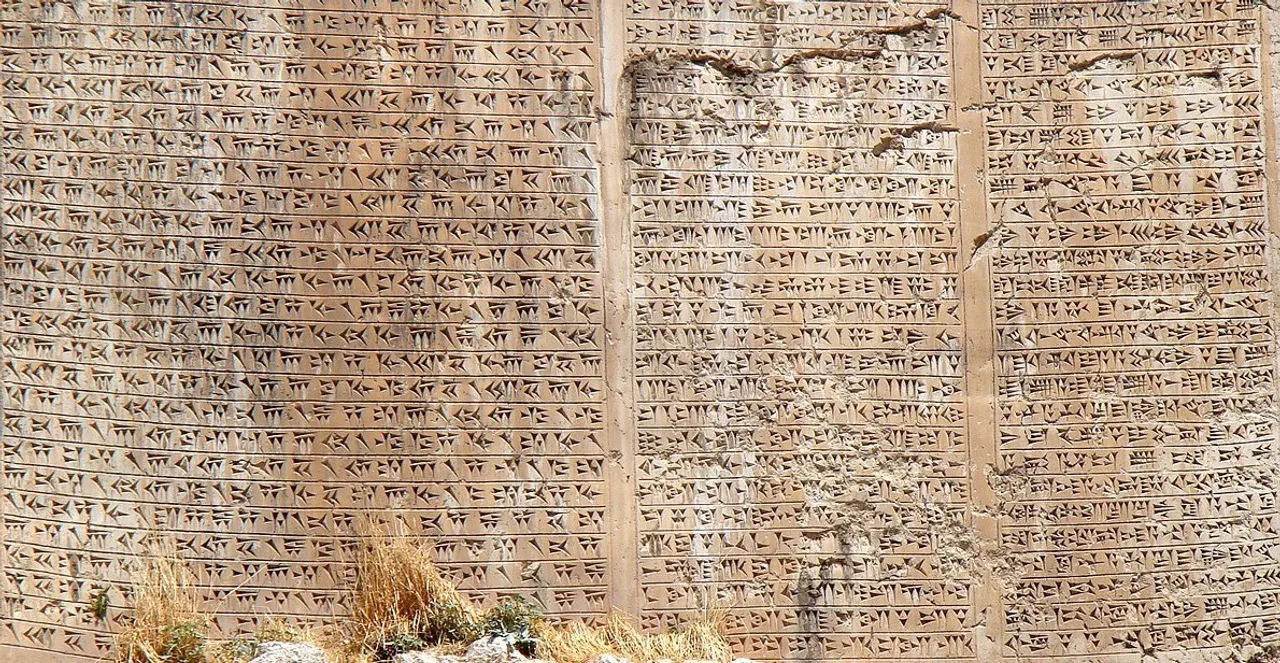Wouldn't it be cool to invent your own alphabet? A unique form of calligraphy all your own? A script for one of the cultures in a world that you're building? Do you have a conlang that is crying out for a way to be written?
If you've ever asked yourself questions like these, Inventing Alphabets is for you. This course is a guided introduction to the practice of creating original writing systems as well as a grand tour of the anthropology, history, and linguistics of the world's writing systems.
Course Goals
By the end of this course, you will:
- Have invented an original writing system for a language of your choosing (could be a conlang!)
- Understand the organizational principles which govern writing systems.
- Have become aware of the diversity of the world's existing writing systems.
Course Structure
- Students: 10
- Length: 2hr sessions x 6 weeks (taught live over Zoom)
- 4 lecture sessions
- 2 workshop sessions (space for Q&A and working side-by-side on your own writing systems)
- Technical details: you can use whatever medium you like to create your system (either digital or using paper), as long as there's some way to show us what you've been working on! :smiley:
Syllabus
Week 1: The Origins and Development of Writing
The goal of this class is to get you acquainted with how writing works and where it came from. First, we'll disentangle the ideas of language and writing: these things are distinct but related, and related in interesting ways. Then we'll explore the origins of writing. We'll look at the material, social, and economic environments in which writing first arose, and how these things influenced the shape of early writing systems. We'll end with an interactive exercise to explore the effect of writing material and technology on the visual aspects of writing systems.
Week 2: The Structure of Writing Systems
The goal of this class is to introduce you to the internal structure and logic of writing systems, using the Latin alphabet (the one you're reading right now) as an example. We'll look in more depth at the many ways in which writing relates to language. Then we'll introduce the different organizing principles that the writing systems of the world use which we'll be delving more deeply into in the second half of the course. We'll end with an exercise to develop an alternative alphabet for English or another language.
Week 3: Workshop Session 1
Workshop sessions are a combination of co-working, show and tell, troubleshooting, and office hours.
Week 4: Writing Sound
The goal of this class is to introduce you to the families of non-alphabetic writing systems that nevertheless represent sound: these are the abjad, abugida, and syllabary. We'll be looking in depth at three systems: the Hebrew abjad, the Devanagari abugida, and the Cherokee syllabary. The class will finish with an exercise where we try to adapt the alphabet we made last time into an abjad, abugida, or syllabary.
Week 5: Writing Meaning
The goal of this class is to introduce you to the family of morphographic writing systems, systems which primarily encode minimal units of meaning (i.e. morphemes) rather than sound. We'll look at the ways these systems manage the complexity of representing all the morphemes in a language, when the number of morphemes in a language has no upper limit. We will use as our examples Chinese characters, Egyptian hieroglyphs, and cuneiform. Finally, we'll end with an exercise to add some morphographic elements to one of the writing systems we've worked on in previous weeks.
Week 6: Workshop Session 2
Workshop sessions are a combination of co-working, show and tell, troubleshooting, and office hours.
Who Should Sign Up?
This course requires no linguistic training, knowledge of any languages but English, or artistic prowess. What it does require is a spirit of curiosity and play: curiosity because you'll be learning a lot about how people have written things across time and space, and play because you'll be experimenting, brainstorming, sketching and revising until you've made the writing system of your heart's desire.
